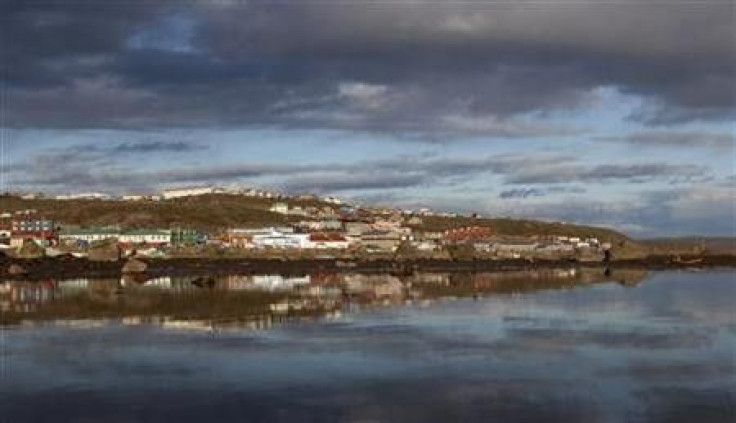Revisiting the Viking Outpost Found in Artic Canada

More archaeological finds from Tanfield Valley on Baffin Island support an interesting theory that indigenous American people interacted with European Vikings. Artic archaeologist Patricia Sutherland and her team have been painstakingly collecting relics to prove the presence of Viking seafarers in North America at some time between A.D. 989 and 1020. While sifting, the group stumbled upon well used whetstones and a jumble of equipment with North European features at the ruins of a Viking outpost.
The whetstones had deeply worn grooves, formed by constant sharpening of knives, swords and axes. While examining the blade-sharpening tools, archaeologists found traces of bronze and copper alloys-materials which Viking metalsmiths are known to create. Native Artic inhabitants did not use such tools during that era. Baffin island, now called Nanook, used to be inhabited by the Dorset. The team had also unearthed a whalebone shovel, fragments of turf blocks with Norse masonry features, yarn, and rat pelts from old rat species endemic to Northern Europe.
Sutherland's theory concerning presence of Vikings in Northern America was doubted at first by other members of the archaeological community. Her interest in this particular pursuit started in 1999 when she studied strands of cordage kept in the Canadian Museum of Civilization which were believed to have been crafted by natives of Baffin Island. However, the samples do not bear semblance to the ones found in the Baffin area. Instead, the cordage look a lot like the ones made in Europe. Prehistoric inhabitants of Baffin Island were not weavers. Hence, these could have been brought to the island or woven by Vikings who have been there. With the recent diggings unearthing more historical objects, the archaeologists have conclusive evidence to substantiate the presence of Vikings in North America. Sutherland posits that these ancient Europeans travelled North America to hunt animals for ivory and pelts or to barter goods with the inhabitants.
Stories about this fascinating exploration was featured on the National Geographic. Unfortunately, after a successful media coverage of the discovery in November 2012, Dr Patricia Sutherland, curator of Arctic archaeology at the Canadian Museum of History, was dismissed from her post after 30 years of service. Further research came to a halt.
In early December this year, Dr Sutherland was interviewed in CBC's As It Happens regarding a recent publication about her work on Baffin Island. Here, she was also asked whether her dismissal was influenced by government views on Canadian history. She agreed, responded briefly but made no more comment on the issue. In an emailed statement forwarded to CBC's As It Happens producer, the Canadian Museum of History stated 'harassment' as the basis for terminating Dr Sutherland. Advocates of Dr Sutherland's work have created an online campaign to gather support and to uphold the research's findings.






